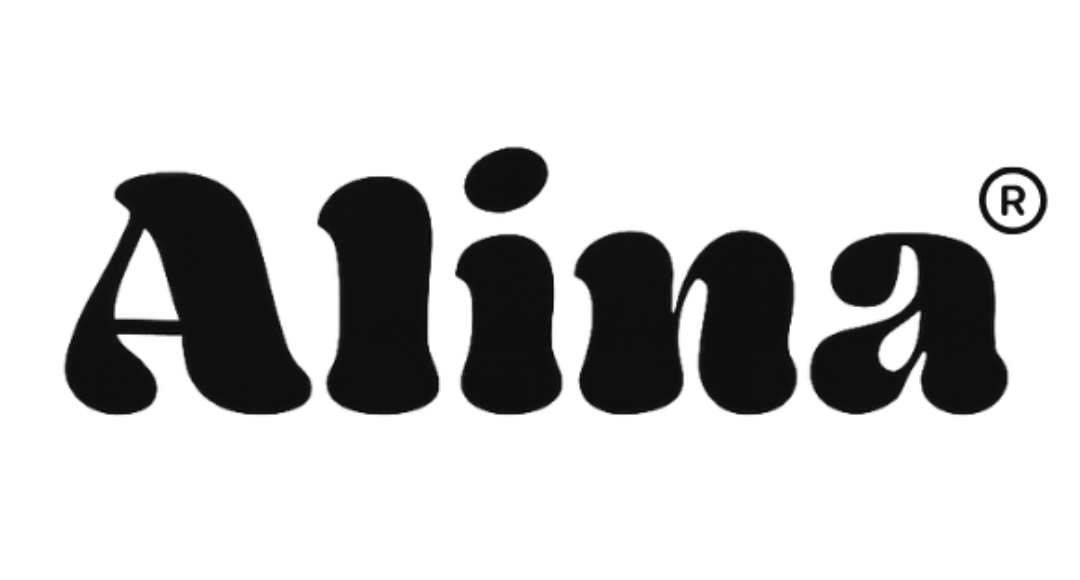Article: Note this: Absorption vs. Reflection
Note this: Absorption vs. Reflection
These days, we spend a large portion of our day in front of screens... at the office, at home, on the go, and even just before bed. All that screen time means we're constantly exposed to artificial blue light. The consequences are increasingly well-documented: eye strain, disrupted sleep, and adverse effects on our biological clock and therefore our hormones.
It's no wonder, then, that blue light glasses are becoming increasingly popular. But here's where many people go wrong: not all blue light glasses offer the same level of protection. On the contrary, most glasses on the market use a simple coating that reflects only a fraction of the blue light. At Alina, we find this insufficient. We develop glasses that do what they promise: protection. And that starts with understanding the difference between reflection and absorption.
Absorption versus reflection: a fundamental difference
Blue light glasses can work in two ways: through reflection or absorption. The technology used largely determines how effective the glasses are.
Reflection: superficial protection
Many cheaper blue light glasses use a blue-reflective coating. This sounds logical; the blue light is supposedly reflected back. In reality, its effectiveness is limited:
-
Only 10 to 20 percent of the blue light is actually reflected.
-
Light that falls directly on the glass still reaches the eye.
-
The coating may become damaged or wear out over time.
-
Reflection depends on the angle at which the light enters.
In other words, a reflective coating provides only partial and inconsistent protection, and often loses effectiveness as the glasses age.
Absorption: protection from the core
At Alina, we consciously choose a different approach. Our glasses are designed not to reflect blue light, but to absorb it . The technology is in the lens, not on it. This offers several major advantages:
-
Harmful blue light is immediately absorbed and neutralized (converted into heat). Don't worry, you'll never feel this heat.
-
The operation is constant, regardless of the angle of incident light.
-
The filter is durable. Its effectiveness remains unchanged, even after intensive use.
Our technology, tailored to the time of day
We offer two types of glasses, each optimized for a different use:
Evening glasses: Our glasses with red lenses absorb almost the entire blue light spectrum (380–520 nm). The lens is infused with pigments that absorb the light and convert it into harmless heat. This makes these glasses ideal for use in the evening, in low-light conditions, or before bed. They help support the natural sleep rhythm by not disrupting melatonin production.
Daytime Glasses: For daytime use, our clear (light yellow) glasses offer an excellent balance of protection and aesthetics. Although they appear colorless, they contain an advanced pigment layer that specifically absorbs harmful high-energy blue light (380–455 nm). This eliminates visible tinting and prevents color distortion. Ideal for people who work long hours at a screen.
Your eyes deserve better
In an age where we're exposed to screen light for hours every day, investing in effective blue light glasses is a must. The difference between reflection and absorption isn't just technical: it has direct consequences for your health, your sleep, and your productivity. Cheap solutions seem attractive, but they rarely offer the protection they promise.
At Alina, we combine advanced technology with thoughtful design. Because we believe your body deserves to be truly protected, not just today, but in the long run.
